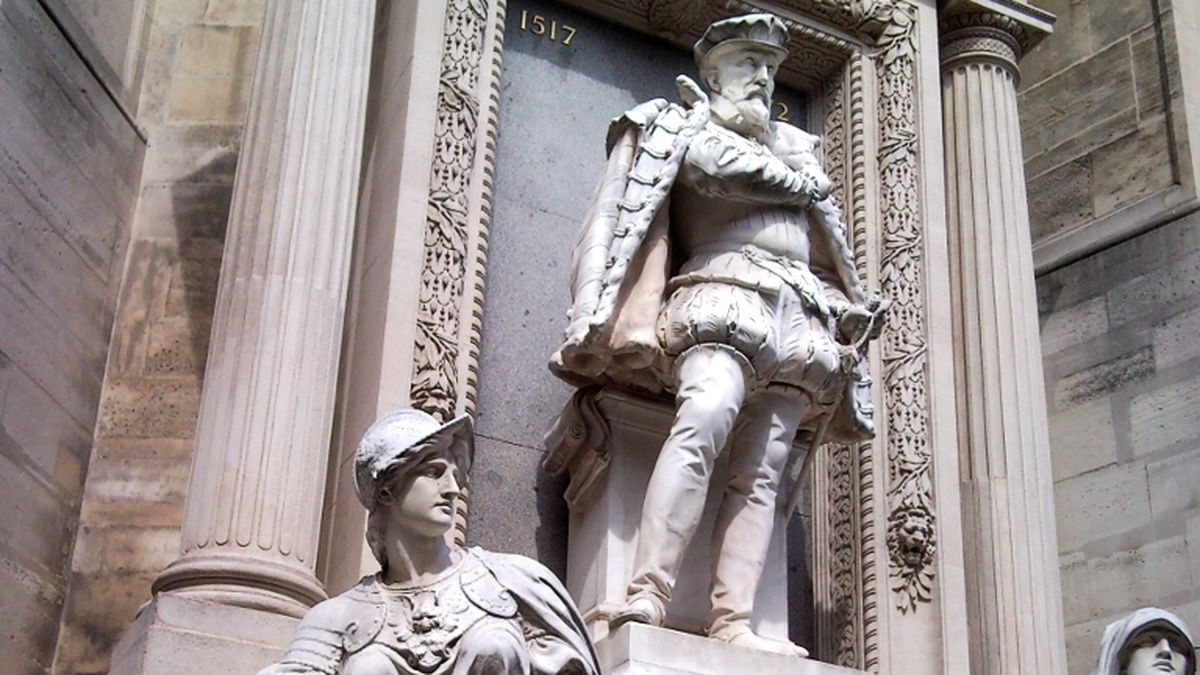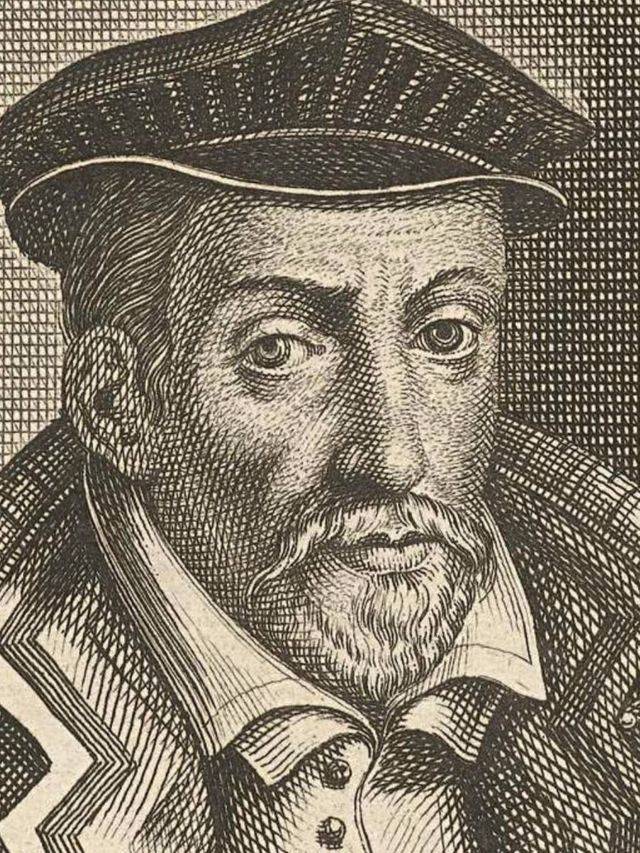Torn to pieces and defenestrated: Coligny, the first victim of the St Bartholomew's Day massacre
 Coligny's statue | ©Anecdotrip.com / CC-BY-NC-SA
Coligny's statue | ©Anecdotrip.com / CC-BY-NC-SAHatred
August 22th 1572. Just after queen Margot and Henri of Navarre’s wedding in Notre-Dame cathedral....
Catholics shot on admiral Coligny, near Saint-Germain-l’Auxerrois church. Gaspard de Coligny!
The famous admiral, THE main leader of the Protestant party during wars of Religion, king’s loyal servant before he converted to Protestantism, in 1558.
He was the best! But now, Protestants and Catholics were fighting.
They were gathered in Paris for the last-ditch wedding: marriage of queen Margot (Catholic) and future king of France Henri IV (Huguenot), which would reconcile everyone. My foot...
A dreadful night
Bloody wounded, Gaspard was brought back home: his town house was located at number 136 rue de Rivoli.
Two days later, Catholic lords were sent to murder the admiral in his own house. It was the night. A moonless night. Hideous, monstrous. Scary.
And Saint-Germain-l’Auxerrois church started to ring the beginning of the Saint Bartholomew’s Day Massacre. Huguenots were going to die.
The first one was... Coligny. He was at home, in his bed, still wounded. «Are you the admiral?» said one man with a husky voice, threatening him with his blade.
«Young man, respect my white hairs and my old age. But if you have something to do, just do it.»
They murdered Gaspard in his own bed. They gave him knocks on his face and his still breathing body was defenestrated.
Duke de Guise, a Catholic one, slowly moved closer to the dislocated body.
He wiped the blood on his disfigured face and said: «Yes, he’s the admiral, I recognize him.»
Guise then gave him a kick in the face and emasculated him (seen in the book La vie de Messire Gaspard de Coligny, 1643, part 1).
He sent his head to the king. You thought the wild beasts had enough blood?
Oh, no, not yet. Because just after that murder, they killed, killed, killed Protestants in the Louvre’s dark and stinking corridors...
So, at the chevet of the Oratoire, we can see Coligny’s statue designed by Gustave Crauk, in 1889. That’s good: the Oratoire houses a Protestant temple since 1811.

